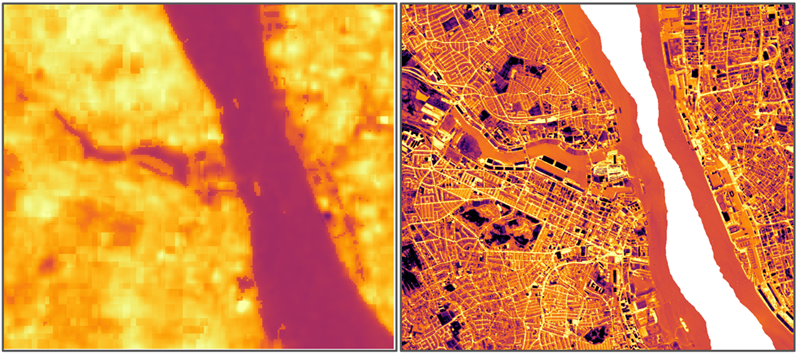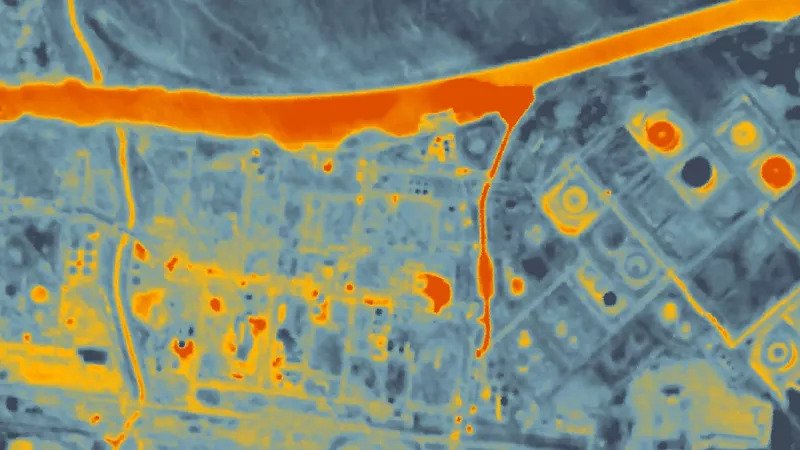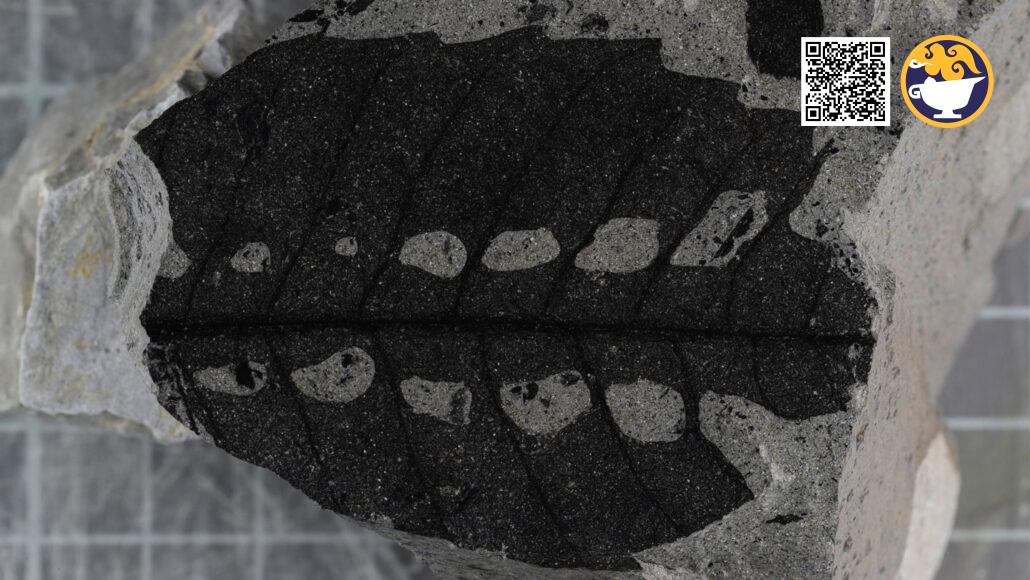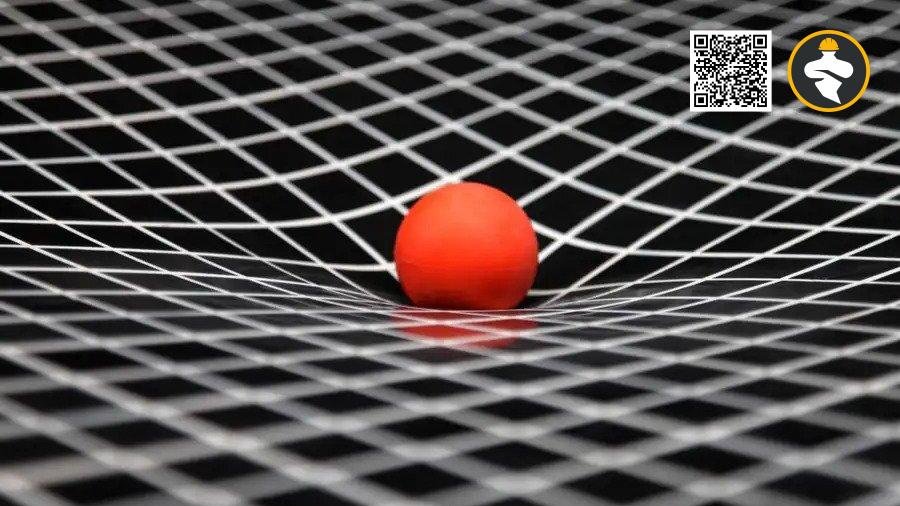With the built environment responsible for over a third of the planet’s greenhouse gas emissions, it has never been more important to advance energy-efficient and sustainable building technologies. The United Nations Environment Programme (UNEP) claims that building energy use may be cut by up to 80% utilizing tested technology.
A tech start-up called Satellite Vu, created by Anthony Baker in 2016, is on a quest to make infrared waves in the field of monitoring the built environment and how people use it. The company’s satellites will be able to collect real-time data numerous times throughout the day since they are outfitted with infrared sensors that can identify the heat outputs from buildings all around the world. This information can offer useful insights into energy efficiency, assisting firms in determining their carbon footprint and some of the most significant sources of energy waste.
According to Baker, “the resolution we’re operating at is building-level resolution.” “Science organizations like ESA and NASA have a resolution of 100 m, making one pixel equal to 100 m. Large characteristics like those are beneficial for farming, agriculture, and tree counts.
“The human footprint is the market’s deficit. The way in which the impact of humanity on the planet is measured is heavily geared toward the climate agenda. The highest resolution thermal imagery satellite that we created will be made commercially available the following year.
The idea, according to Baker, was sparked by the realization that we require a more thorough understanding of these insights, of where the pollution is coming from in the supply chain. According to Baker, this requires measurement through Earth observation.
Drones and planes are inadmissible since you can only use them in areas where it is legal to do so. You can view the entire planet using satellites,” stated Baker.
The science satellites typically only come back once a week, if that. The pattern of life shows that things change within a day. You’ll be able to check every few hours to see what has changed once we launch all eight of our satellites. You would be able to consistently and globally assess what is happening inside these structures, including how much energy is being used and squandered, day and night, during peak and off-peak hours.
In a city’s image, satellite Vu might identify the ten poorest buildings in terms of energy efficiency.
Although bigger than a normal shoebox satellite, Satellite Vu’s Mid-Wave Infrared (MWIR) 3.5m resolution thermal imaging satellite has been as miniaturized as feasible to create a practical solution, according to Baker. The 180kg, 1m3 satellite will be launched by SpaceX’s Falcon 9 rocket sometime around May 2023. A new agreement was just made with SpaceX to launch a second satellite in 2024 that is a duplicate of the first.
It has been extremely difficult to build and launch infrared satellites at a reasonable cost, according to Baker. “As a general rule, the cost of a satellite increases fourfold when its size is doubled.
For image quality, there are technical compromises that must be made. By retrieving those utilizing the innovative algorithms and applications we are creating, we can get the insights that customers want to buy.
Surrey Satellite Technology Limited, based in Guildford, has been contracted to build the satellite (SSTL).
Baker said, “Our team is all about the data science behind it. “We take the satellite image, download it, and then perform all the other tasks to make it smart. It’s similar to your iPhone, a reasonably inexpensive camera, but the clever part is all the programs and algorithms that stack the photos. Since it’s a video camera, we can capture 25 frames per second, which we then combine to produce images with greater clarity, sharper contrast, and more insights.
Regarding the information, Satellite Vu provides information on a variety of environmental issues, including tracking energy waste and gas exports as well as keeping an eye on the operations of industrial facilities, thermal water pollution, and wildfires.
“We can look at that at a very detailed level if you’re looking at storage or you’re interested in whether this coal plant is on or off,” Baker added. “By truly looking at the granularity of that, we can identify how many turbines are spinning, or the hot steam in the pipes.”
He noted that the information might potentially shed light on greenwashing, exposing production facilities that falsely advertise themselves as environmentally friendly.
“Refineries can show us which oil tanks are full and empty as well as whether they are holding warm oil or cold gas. Because our statistics are updated often, you can monitor storage and consumption at any time.
According to Baker, satellite Vu might picture a metropolis and instantly identify the 10% of structures that use the most energy inefficiently. Despite the fact that this is typically done by hand using EPC (Energy Performance Certificate) ratings, Baker drew attention to the flaws in this method.
In his words, “They’re not all about wasted energy; they’re about how the house was built, and it doesn’t reflect on how the house is operated.” “Even if your home is extremely energy-efficient, if you keep all the windows open, run the heating and air conditioning throughout the day and night, and if it’s a commercial structure, you’re still squandering energy. We can identify that and really support individuals in concentrating on it.
The new Minimum Energy Efficiency Standards (MEES) are expected to take effect by 2025 and require landlords to raise their EPC ratings. According to Baker, the insights will assist building owners in determining what they must do to comply with the new standards.
We have the power to influence everyone’s lives, he remarked. “In terms of climate, I believe there is a new age for Earth observation satellites to assist people in resolving problems, identifying the worst cases, but also providing transparency – if you upgraded your building, was it as excellent as you thought? Is this business, with which I invested my pensions in a green fund, as environmentally friendly as it can be? That could be simpler in the developed world, but how can you be sure if you have a factory elsewhere in the poor world where there is less transparency?

Customers may presently access data before launch through Satellite Vu thanks to imaging work done by a plane with an onboard camera that has imaged the US, the UK, the Netherlands, Paris, and Berlin. According to Baker, the business downgrades the data to make it appear to be from the satellite so that clients may get a taste of what they can get once it is deployed.
In the end, he believes that the space technology sector has a significant role to play in the Net Zero issue, but this responsibility also entails making sure that every aspect of its own activities is sustainable.
“The satellite and launch business is also being pushed by cost, much as building efficiency has been driven by high energy costs. Therefore, it will be more energy efficient since Elon Musk, with whom we have now flown twice, reuses his parts and the rocket more than once, he stated.
“I’ve launched satellites that are the size of a minibus that took years and years, hundreds of people to create, from the satellite side. If you compare the size of the building it was created in to Surrey Satellite, where they have a very compact, efficient manner of constructing satellites in much shorter time periods, you can see that the carbon footprint has to be bigger. The industry is already headed in that direction, so the impact must be much lower.
He continued, “The huge imprint the industry really needs to be concerned about is the cluttering of space, which is another natural resource.
“We shouldn’t abandon our trash. We can maneuver our satellite to avoid obstacles, and we’ll bring it down at the end of its life so that it can burn up and disappear into nothing.
“You must also look inward if we are offering an ESG solution to the financial services industry. We take it seriously because organizing your own home is really significant.
Reference: Carolyn Gramling @ www.sciencenews.org












